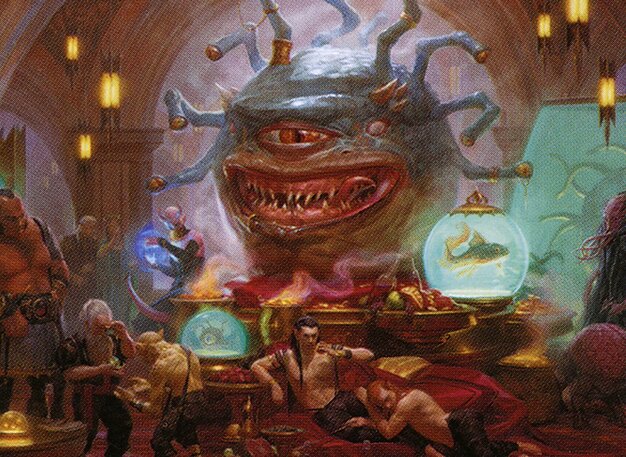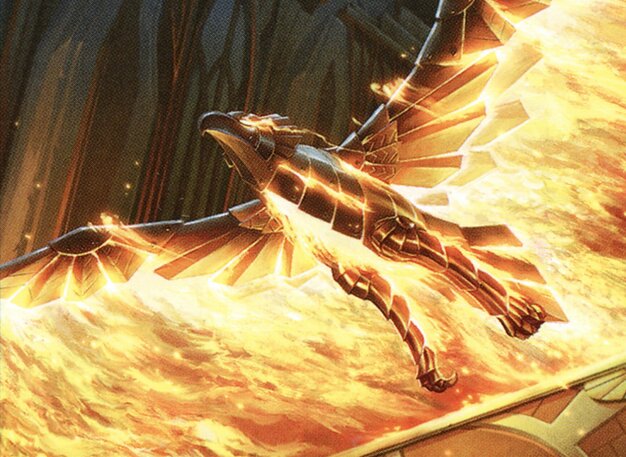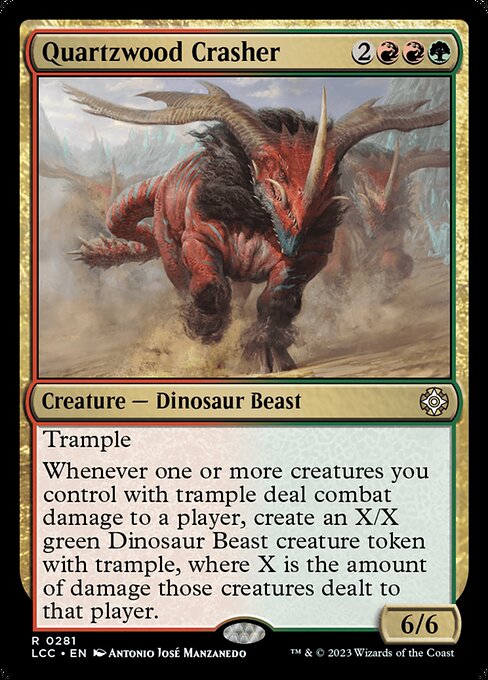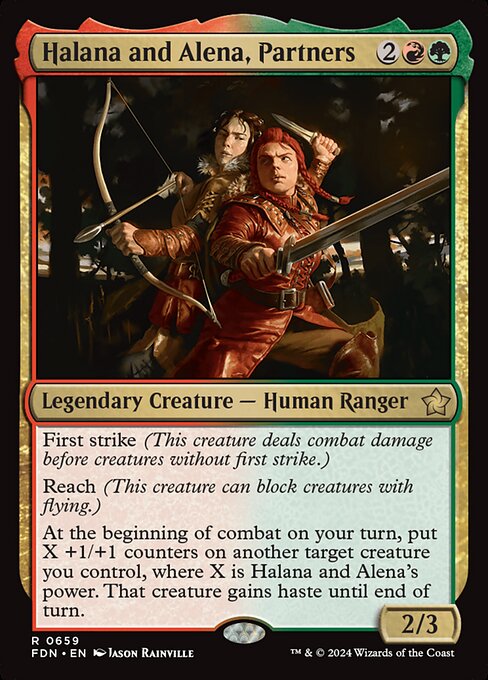Deck & Commander Strategies

Xanathar, Guild Kingpin
Control and disruption by preventing opponents from casting spells while leveraging the ability to play cards from their libraries, using mana of any color to maintain tempo and resource advantage.

Syrix, Carrier of the Flame
Aggressive phoenix tribal with recurring damage through phoenix recursion and damage triggers, aiming to chip away opponents’ life totals while maintaining a resilient board presence.

Birgi, God of Storytelling // Harnfel, Horn of Bounty
Red mana ramp and spell casting advantage through Birgi’s ability to generate red mana on spell casts, combined with Harnfel's artifact side's ability to discard and play cards from the top of the library, enabling flexible and explosive plays.

Halana and Alena, Partners
Creature buff and combat enhancement through placing +1/+1 counters and granting haste to other creatures, enabling aggressive combat strategies with a focus on quick damage output.
Gameplay Insights
- 1
Early ramping into powerful artifacts like the five-mana legendary artifact on turn two provided a significant tempo boost despite the budget constraints.
- 2
Players attempted to maximize the value of their commanders’ abilities, such as Birgi’s mana generation and Halana and Alena’s combat buffs, to gain incremental advantages in combat and resource management.
- 3
Misplays notably affected the flow of the game, creating openings for opponents to capitalize on board states that might have otherwise been stabilized.
- 4
Maintaining a balance between shuffling and gameplay was humorously emphasized, reflecting on the informal and casual nature of the $50 decks used in this multiplayer Commander game.
Notable Cards
-

Castle Embereth
-

Cinder Glade
-

Quartzwood Crasher
Gameplay Summary
The game began with each player introducing their commanders and deck strategies, all constrained to a $50 budget.
The early turns featured standard mana development, with players deploying lands and setting up their boards.
Key early plays included ramping into powerful artifacts and creatures, such as a five-mana legendary artifact played on turn two, which hinted at a strategy focused on board control and value.
Throughout the game, players leveraged their commanders’ abilities to generate incremental advantages, such as mana acceleration, spell disruption, and combat buffs.
The game saw several misplays, which contributed to fluctuating board states and opportunities for opponents.
Despite these errors, the game moved towards typical commander win conditions, including aggressive combat and combo potential involving the commanders’ unique abilities.
The overall flow was marked by players trying to optimize their limited $50 decks while navigating the challenges presented by misplays and interaction timing.






















![Oswald vs Volo vs Xanathar vs Sefris [EDH/Commander, Magic The Gathering Gameplay] 2021 thumbnail](https://i.ytimg.com/vi/bag0iqwohok/sddefault.jpg)

























